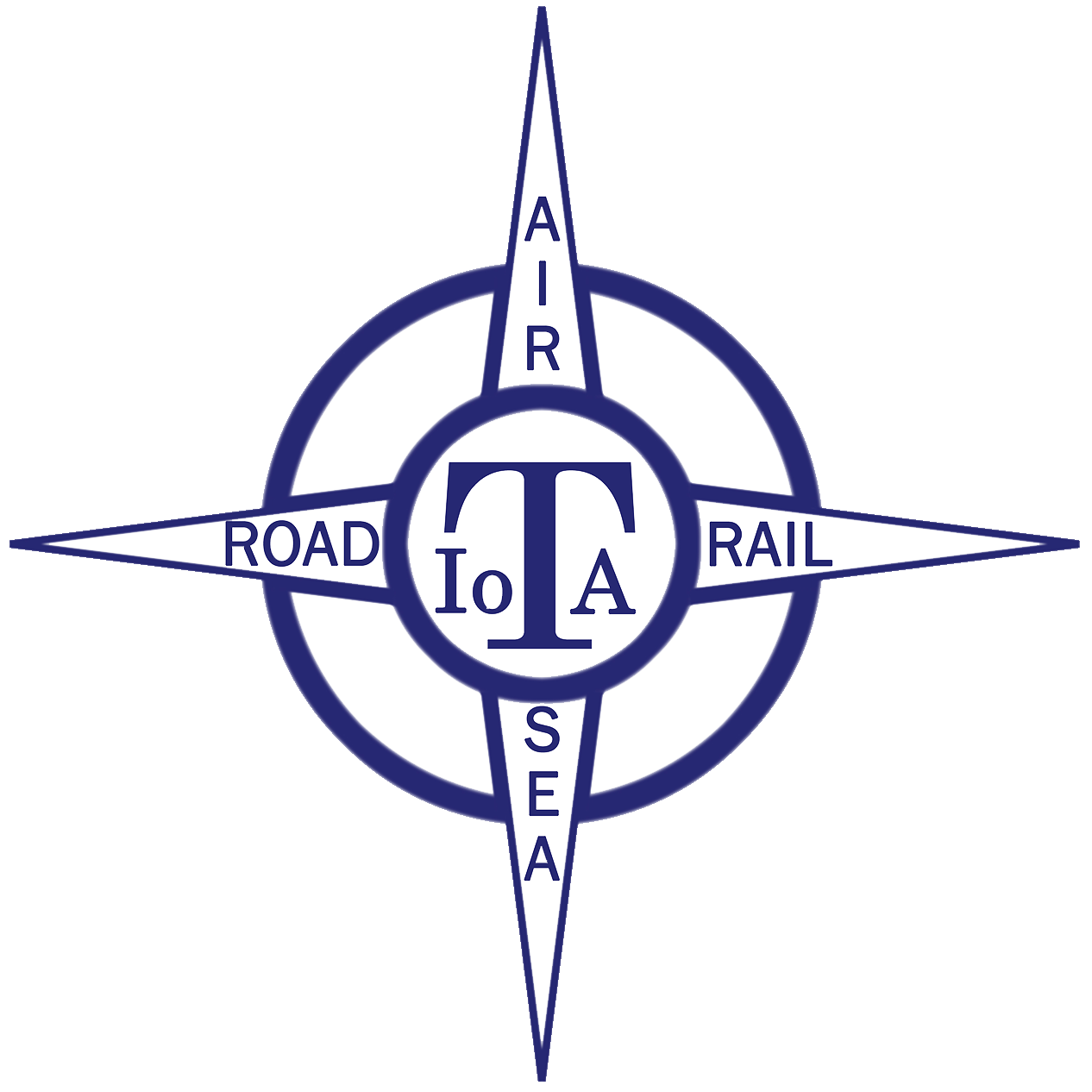No driver, no problem? A fully autonomous electric truck has completed Belgium’s first driverless demonstration on public roads at the Port of Antwerp-Bruges.
Swedish technology company Einride carried out the demonstration on 16 September as part of the port’s inaugural Autonomous Summit.
During the demonstration, Einride operated its purpose-built autonomous truck, a cab-free vehicle designed specifically for unmanned freight operations. The vehicle is fully electric, with no driver on board. Instead, it navigates using radar, LIDAR (laser-based sensors that create a 3D map of the surroundings) and cameras, providing 360° awareness.
Operations are supervised remotely through Einride’s Control Tower, allowing a single operator to oversee multiple lorries.
The demonstration required Belgian regulatory approval for Level 4 autonomy, which means the lorry can operate without a driver on board within a defined operational area; in this case, the port.
By removing the cab altogether, Einride’s design reduces labour needs and opens the possibility of lower operating costs compared to conventional vehicles. The company says its system draws on several years of operational data from deployments in Sweden and the United States, giving it the ability to scale autonomy commercially.
The Port of Antwerp-Bruges was chosen as a proving ground because of its scale and complexity. Handling vast freight volumes, the port authority believes autonomous systems could help smooth goods flows, reduce waiting times, and cut emissions by using resources more efficiently. To support such innovations, the port is working with EU and national governments to create regulatory “sandboxes” where new technologies can be tested safely before wider adoption.
The demonstration formed part of a broader showcase featuring over 20 live demonstrations of autonomous technology, including drones, unmanned vessels, container shuttles and trains across port operations.
source: Motor Transport
